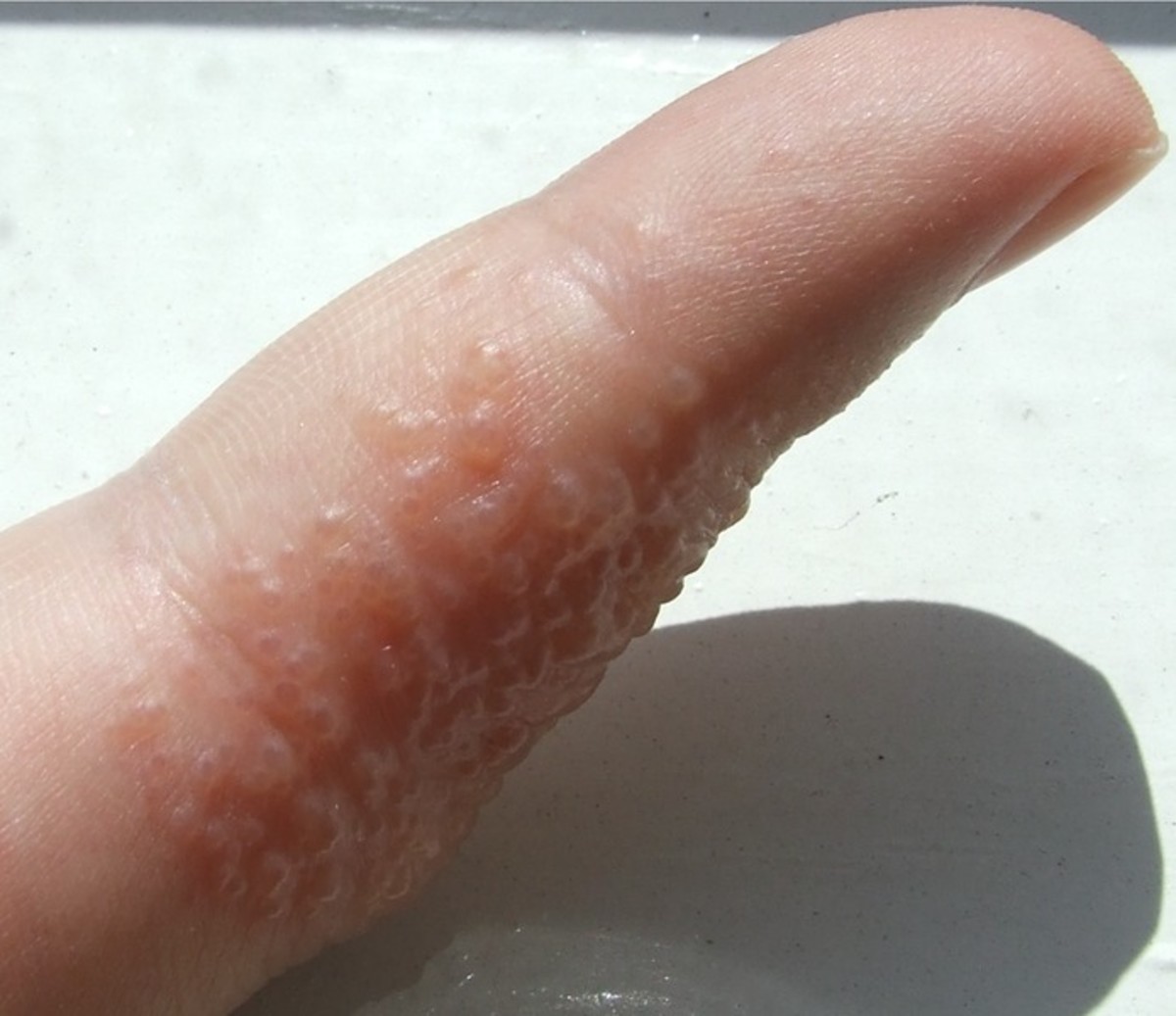What Is Iridology?
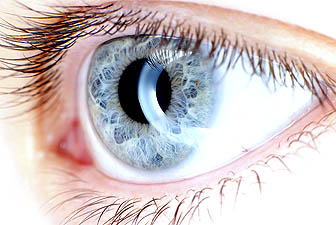
Iridology
As a Scientific practice, Iridology consists of using the iris of the eye to distinguish specific patterns and markings. It is believed that these patterns and markings signify specific events, or more specifically, malfunctions and manifestations of the body. The practitioner examines the eye and studies what he or she sees.
Through this exam, it is believed that the practitioner can reveal what kind of state your health is currently in, and what is yet to come. He or she can determine what weaknesses you may or may not have. It is believed that the iris of the eye, the colored part of the eye, is the body's gateway. As the body's gateway, it is believe that the condition of the iris, tells the condition of the body overall.

The Beginning of Iridology
Of all of the alternative medicine practices available today, iridology is amongst the oldest. Its idea is at least 2,000 or more years old. It is even noted within the Bible in a small and discreet manner. In the 19th century, two men, Ignatz von Peczely from Hungary and Nils Liljequist from Sweden, rediscovered the art and are known as the fathers of iridology.
According to the legendary story, it was in 1873 that Ignatz von Peczely realized that there was some connection between the iris and ailments. This occurred when an owl was injured during capture and a line developed in the iris of its eye shortly after. Over time and after much research and examination, the two men developed iridology.
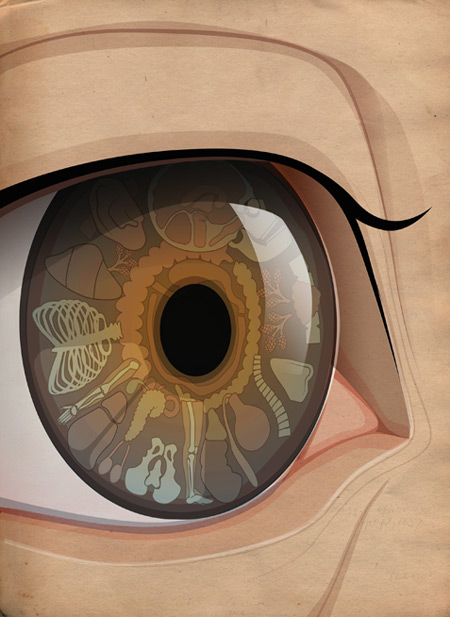
It Is Important To Understand The Art of Iridology
This form of alternative medicine is essentially used as a tool for diagnosis. When used, it is generally used in conjunction with other forms of treatments, because practitioners are only there to aid in diagnosis, they generally do not prescribe treatments.
One thing about this practice is that it is used with chemicals, minerals, herbs, and other forms of natural treatments. Iridology believes that ever organ within the body needs a certain chemical to maintain its health.
For example, the heart needs the chemicals iron and oxygen, the bowels need chlorine, and the thyroids need potassium. Other essential chemicals include:
- Kidneys - Magnesium
- Adrenals - Iodine
- Spleen - Silicon
- Liver - Zinc
- Hair and Nails - Potassium, Calcium, and Flouride
- Circulation and Skin - Sodium and Chlorine
- Respiratory System - Iron, Oxygen, Sulfur
- Nervous System and Brain - Manganese and Phosphorus
- Bones and Teeth - Calcium and Flouride
Iridology Books
Iridology DVDs on Amazon
Iridology Vidoes on Amazon
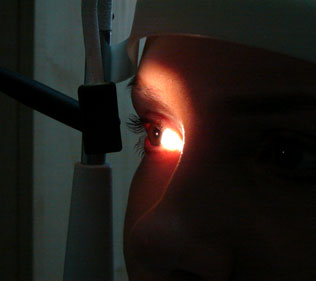
Iridology
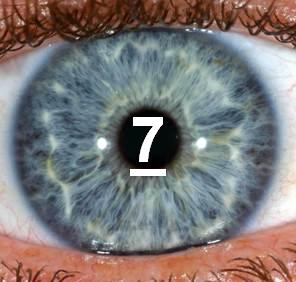
The Examination
Generally, the practitioner will take an x-ray of the eye, in which it allows them to more clearly view the iris of the eye. They will likely then use computerized equipment to map out the iris and its colors and markings to make their determination. Through analysis and comparison against the charts made by the fathers of Iridology they will come up with a conclusion.
Through their examinations they can determine and pinpoint various ailments and diseases. However, it is important to remember that iridology is just a diagnostic tool and cannot take the place of getting a definitive diagnosis from your family physician. However, some things that can be recognized through iridology include:
Deficiencies in Biochemicals
Level of General Health
Inherent Strengths or Weaknesses
Inflammation Stages - if they exist
Location and Existence of Toxins
You may find that the practitioner performs these elements, as well as an actual examination. The examination of the iris may include the use of a magnifying glass, a bright light, or a combination of the two. This gives adequate viewing power for the practitioner to better see the markings and colors of the iris and giving him items to compare to the chart.

The Seven Branches of Iridology
Iridology contains seven different branches. Each branch identifies the specific area in which the art is practiced. For example, physical iridology, also known as Iris-1 deals with the physical and health aspects of the iris. Personality Iridology, also known as Iris-2 deals specifically with your personality, allow you to make changes or understand why some aspects of your personality exist.
There are five other branches of Iridology as well and these are:
- Etheric, also known as Iris-3
- Emotional, also known as Iris-4
- Mental, also known as Iris-5
- Causal, also known as Iris-6
- Spiritual, also known as Iris-7
The markings and coloration of the eye can determine what is happening with the body, according iridology. For example, a coloration of orange, may signify that sugar metabolism is high or a coloration of brown, may signify liver pathology. The map as outlined by the creators of the art specifies what different elements mean, what organs they relate to, and what is happening to a specific area of the body.




